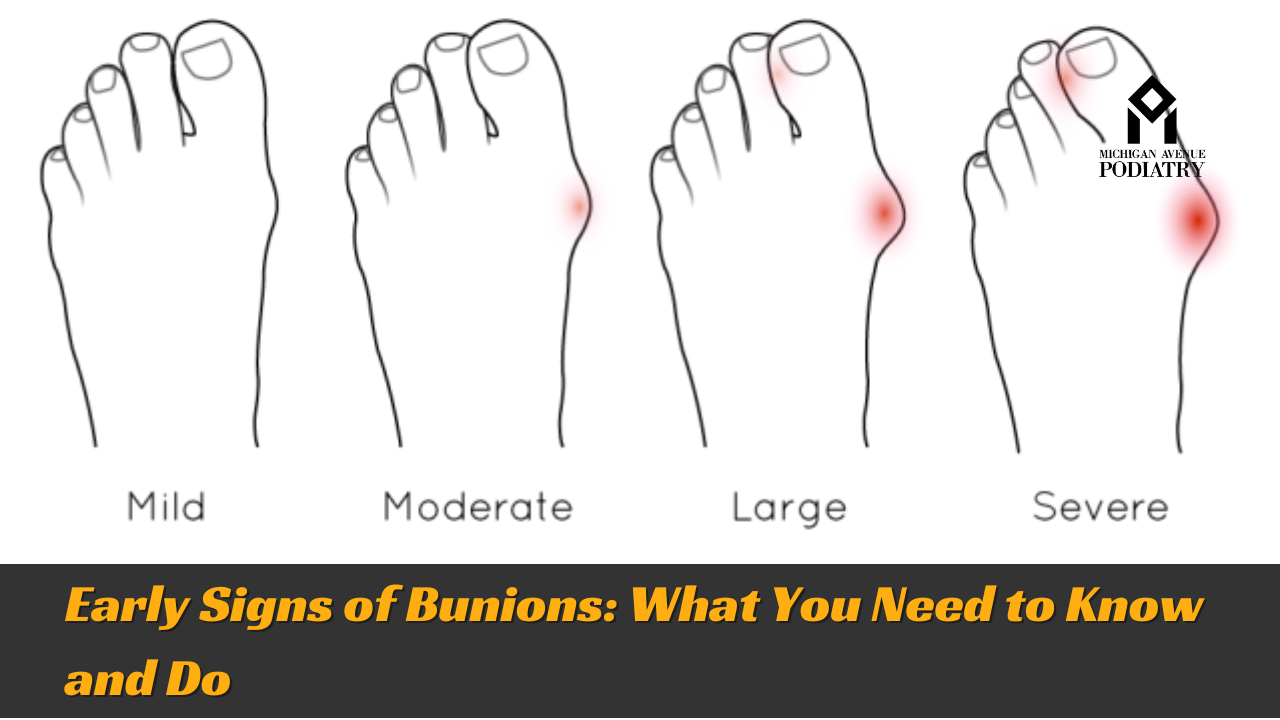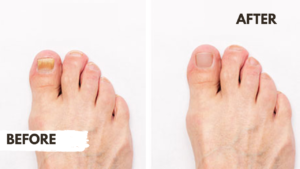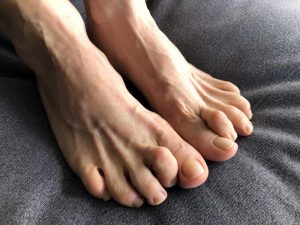Bunions, those unsightly and often painful bumps at the base of the big toe, are a common foot ailment that can significantly impact your quality of life if left unaddressed. Recognizing the early signs of bunions is crucial for managing symptoms and preventing further complications. In this comprehensive guide, we will explore the early indicators of bunions and outline practical steps you can take to manage and treat this condition effectively.
Introduction
Bunions, medically known as hallux valgus, are bony protrusions that form at the joint where the big toe meets the foot. They develop gradually over time due to various factors, including genetics, improper footwear, and underlying medical conditions. While bunions can cause discomfort and pain, early detection and intervention can help mitigate their progression and improve your overall foot health.
Understanding Bunions
Before diving into the early signs, it’s essential to understand what bunions are and how they develop. A bunion forms when the big toe pushes against the adjacent toe, causing the joint to jut out and enlarge. This misalignment can lead to inflammation, swelling, and significant discomfort.
Early Signs of Bunions
Identifying the early signs of bunions can make a substantial difference in managing the condition. Here are some key indicators to watch for:
- Bump Formation: The most noticeable early sign is a small bump on the side of the big toe joint. This bump may be tender or swollen and can gradually increase in size over time.
- Redness and Swelling: Inflammation around the big toe joint is common in the early stages. The skin may appear red and feel warm to the touch.
- Pain or Discomfort: You may experience pain or discomfort, particularly when wearing tight shoes or standing for extended periods. The pain can range from mild to severe and often worsens with activity.
- Restricted Movement: As the bunion progresses, the range of motion in the big toe may become limited. This stiffness can affect your gait and overall mobility.
- Calluses or Corns: The misalignment of the big toe can cause friction against other toes or shoes, leading to the development of calluses or corns on the affected area.
- Toe Deformities: In some cases, the big toe may start to angle toward the other toes, causing additional deformities such as overlapping or hammertoes.
What to Do if You Notice Early Signs of Bunions
If you recognize any of the early signs of bunions, taking proactive steps can help manage the condition and prevent it from worsening. Here are some effective strategies:
- Choose Proper Footwear: Opt for shoes with a wide toe box that provides ample space for your toes. Avoid high heels and narrow shoes that can exacerbate bunion formation. Look for shoes with good arch support and cushioning to reduce pressure on the bunion.
- Use Orthotic Devices: Over-the-counter or custom orthotic inserts can help alleviate pain and provide additional support for your feet. These devices can help redistribute pressure and improve alignment.
- Apply Ice: If you experience swelling and inflammation, applying ice packs to the affected area can provide relief. Use a cold pack for 15-20 minutes several times a day to reduce swelling.
- Take Anti-inflammatory Medications: Over-the-counter nonsteroidal anti-inflammatory drugs (NSAIDs) such as ibuprofen can help manage pain and reduce inflammation. Always follow the recommended dosage and consult with a healthcare professional if you have any concerns.
- Perform Foot Exercises: Strengthening and stretching exercises can improve flexibility and support the muscles around the bunion. Simple exercises such as toe stretches, toe curls, and picking up objects with your toes can be beneficial.
- Protect the Bunion: Use bunion pads or cushions to protect the bunion from friction and pressure. These pads can help alleviate discomfort and prevent further irritation.
- Maintain a Healthy Weight: Excess weight can put additional pressure on your feet and exacerbate bunion symptoms. Maintaining a healthy weight through a balanced diet and regular exercise can help reduce the strain on your feet.
- Consult a Podiatrist: If your bunion symptoms persist or worsen despite conservative measures, it is essential to seek professional advice from a podiatrist. A podiatrist can assess the severity of your bunion and recommend appropriate treatments, including potential surgical options if necessary.
When to Consider Surgical Intervention
In some cases, conservative treatments may not provide sufficient relief, and surgical intervention may be necessary. Bunion surgery, also known as a bunionectomy, involves removing the bony protrusion and realigning the joint. Indications for surgery include:
- Persistent pain that interferes with daily activities
- Severe deformity that affects foot function
- Inability to find comfortable footwear
- Failure of conservative treatments to alleviate symptoms
Surgical options vary based on the severity of the bunion and individual patient factors. A podiatrist or orthopedic surgeon can provide guidance on the most appropriate surgical approach for your condition.
Conclusion: Take Charge of Your Foot Health
Recognizing the early signs of bunions and taking proactive measures can significantly impact your foot health and overall quality of life. By choosing proper footwear, using orthotic devices, performing foot exercises, and seeking professional advice from a podiatrist, you can effectively manage bunions and prevent further complications. Prioritize your foot health and take action today to ensure a pain-free and active future.




